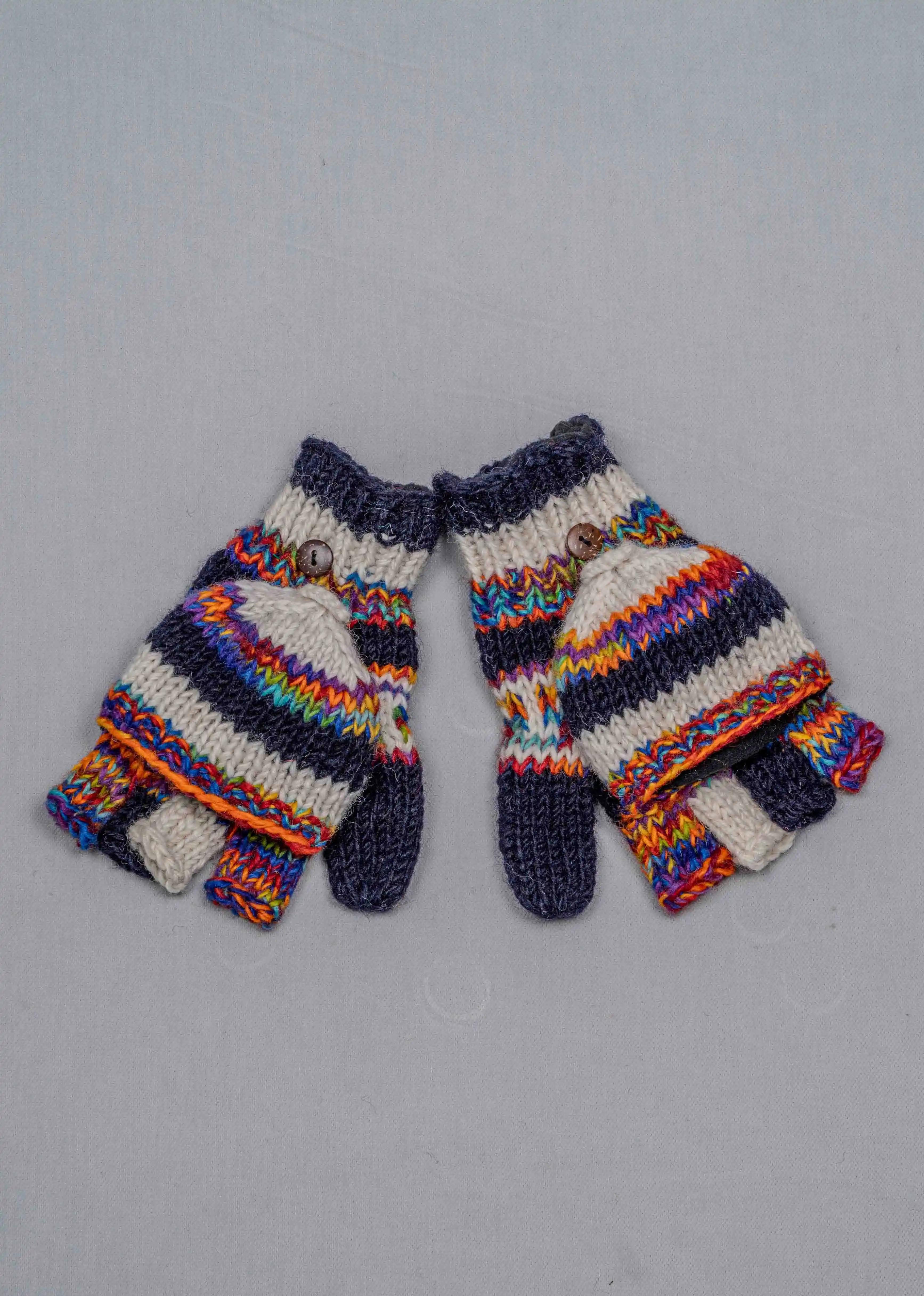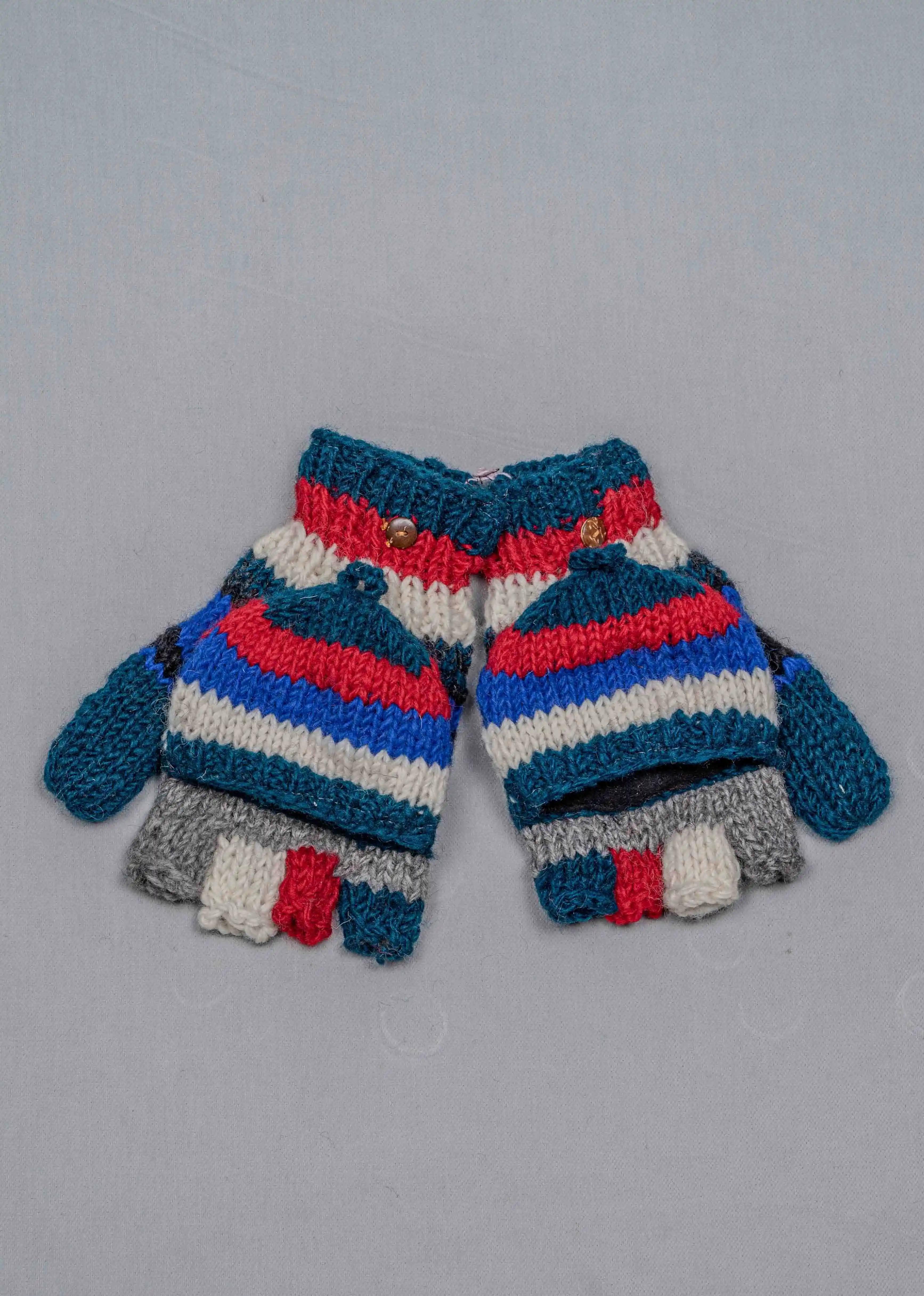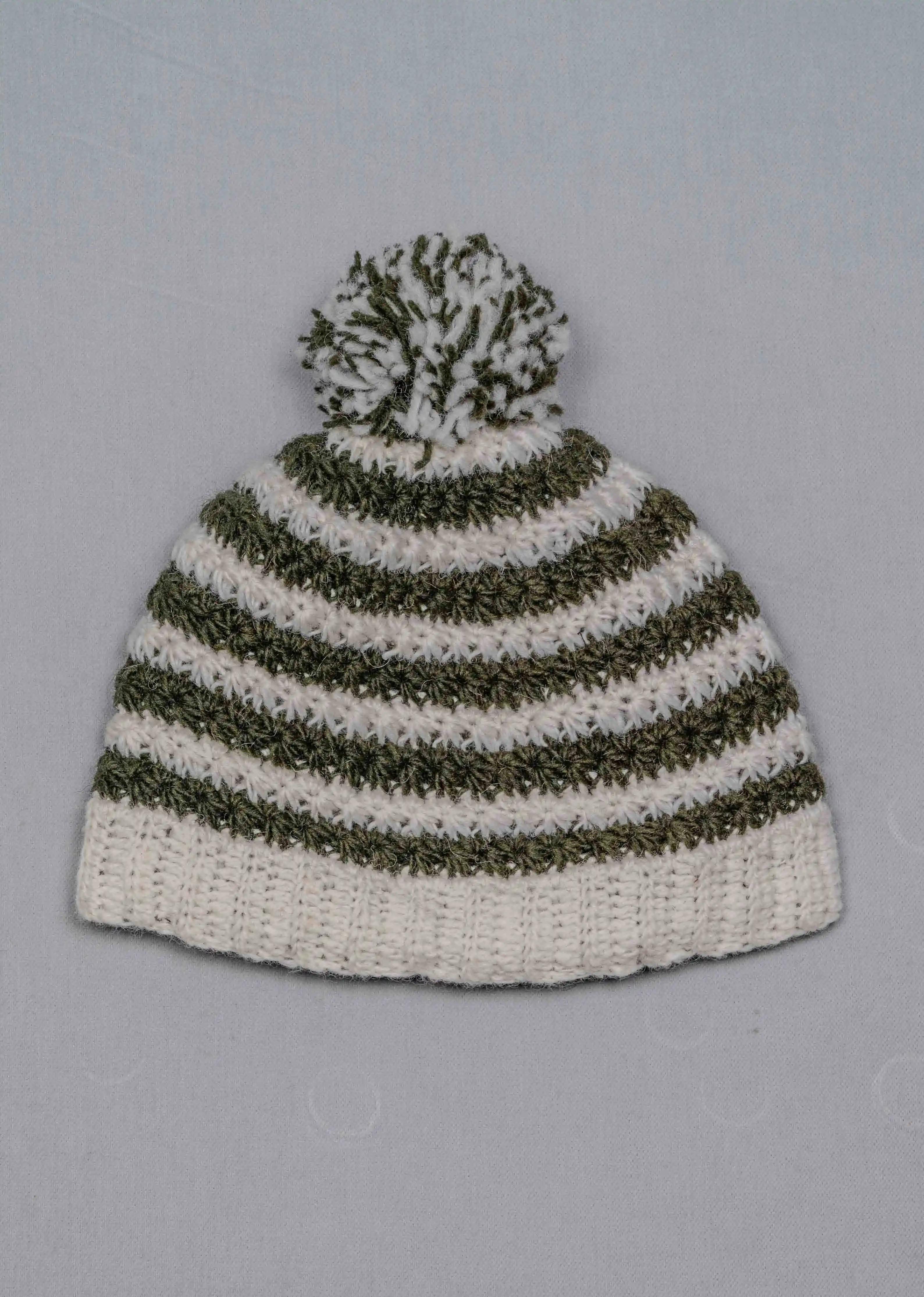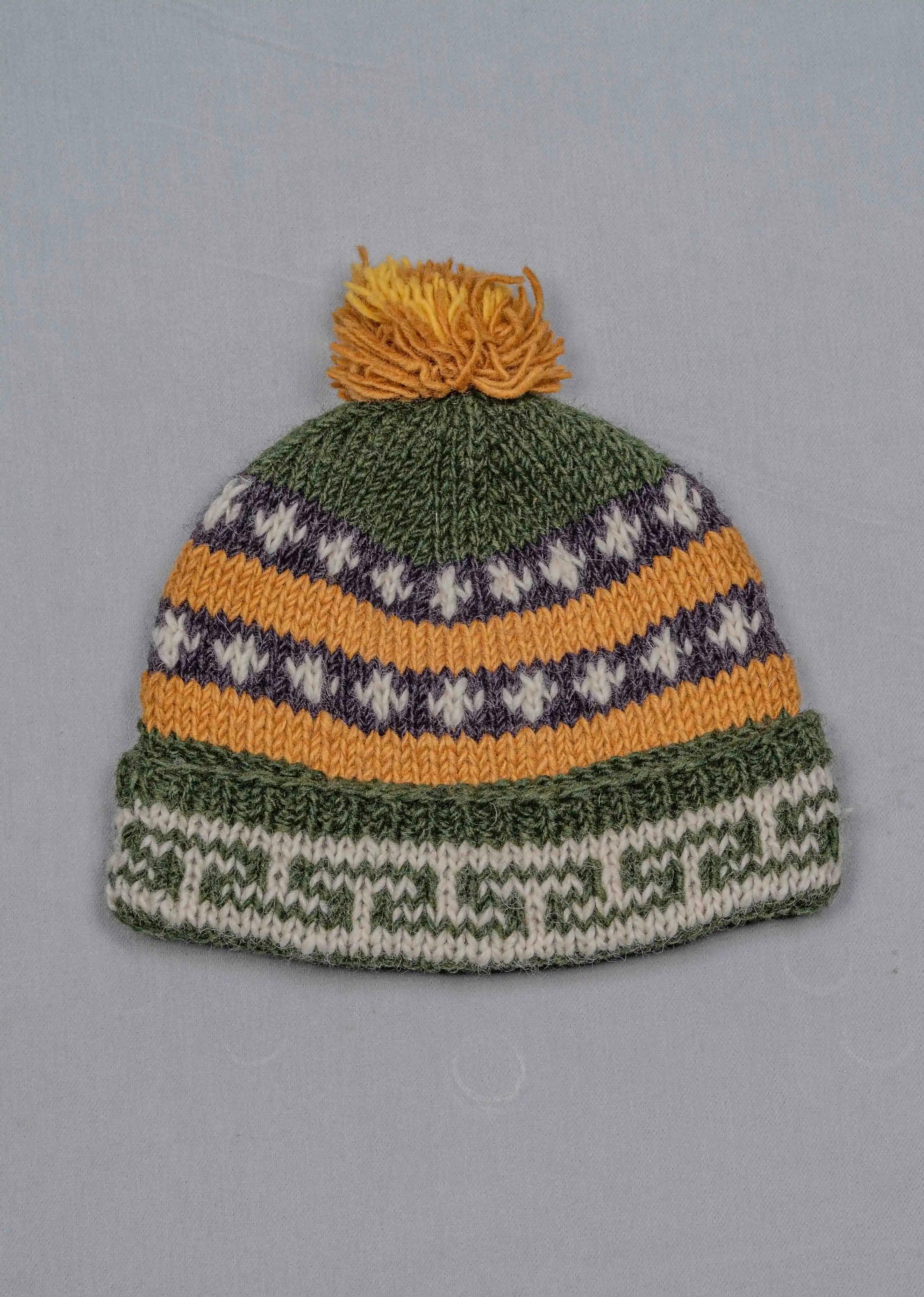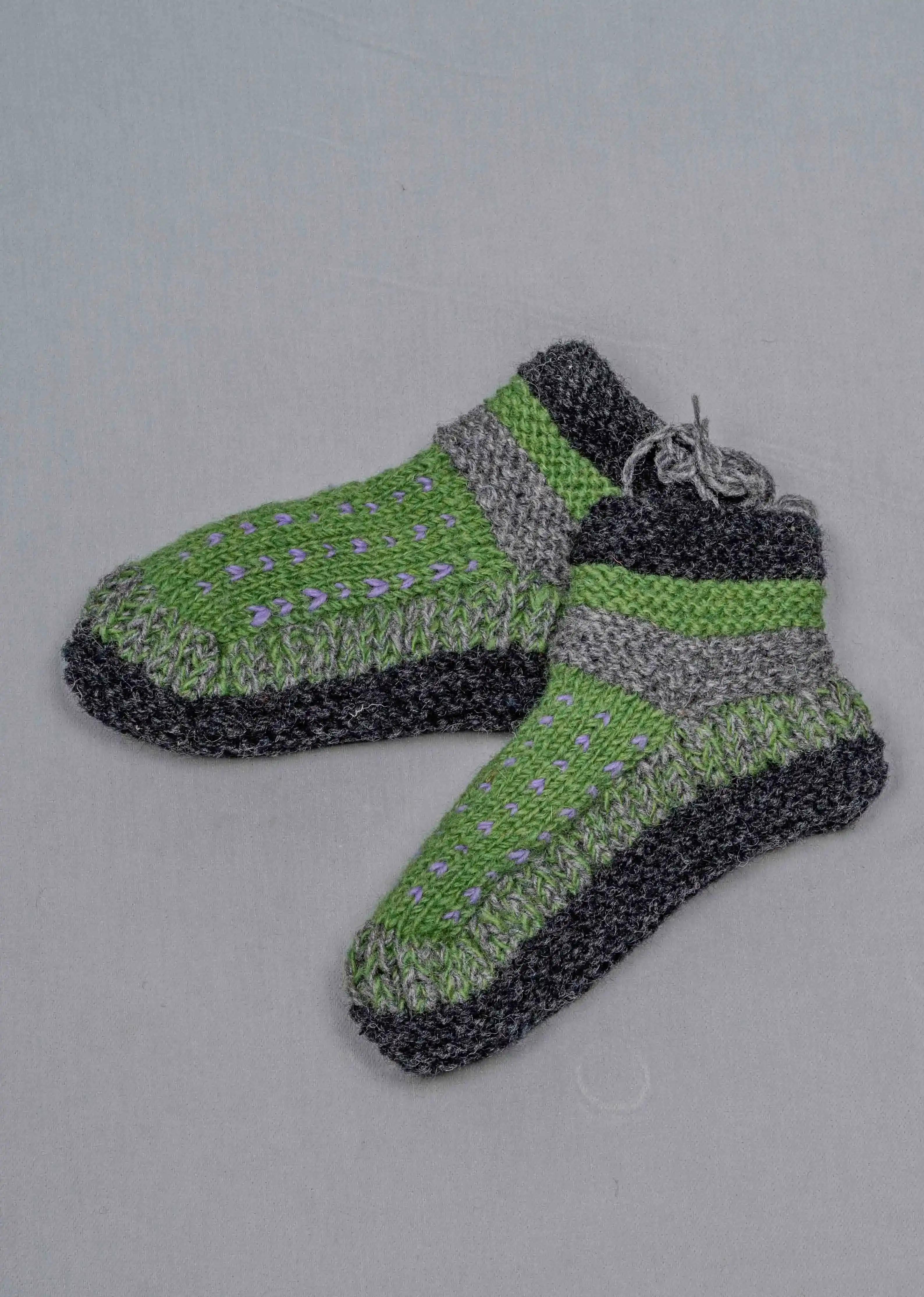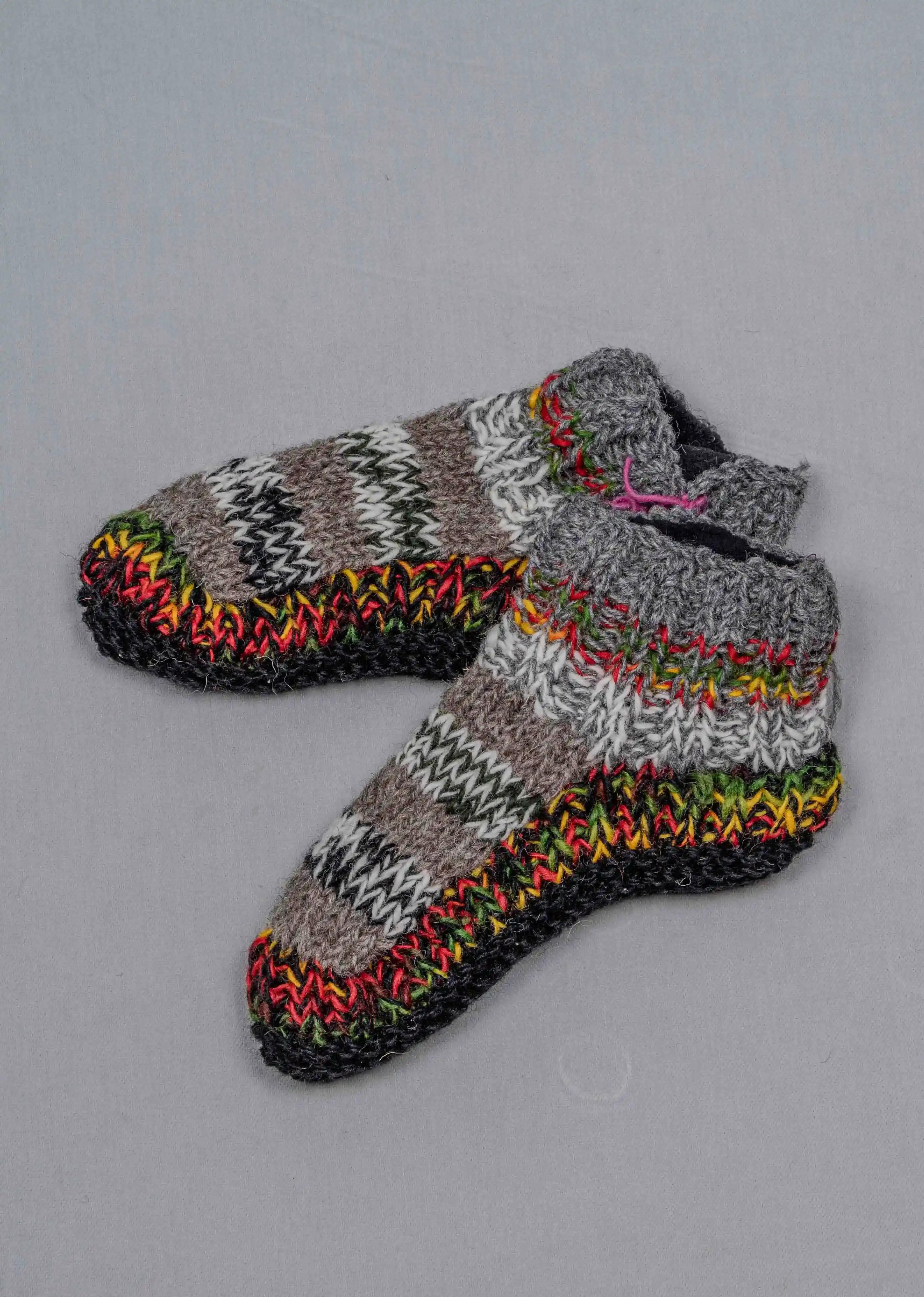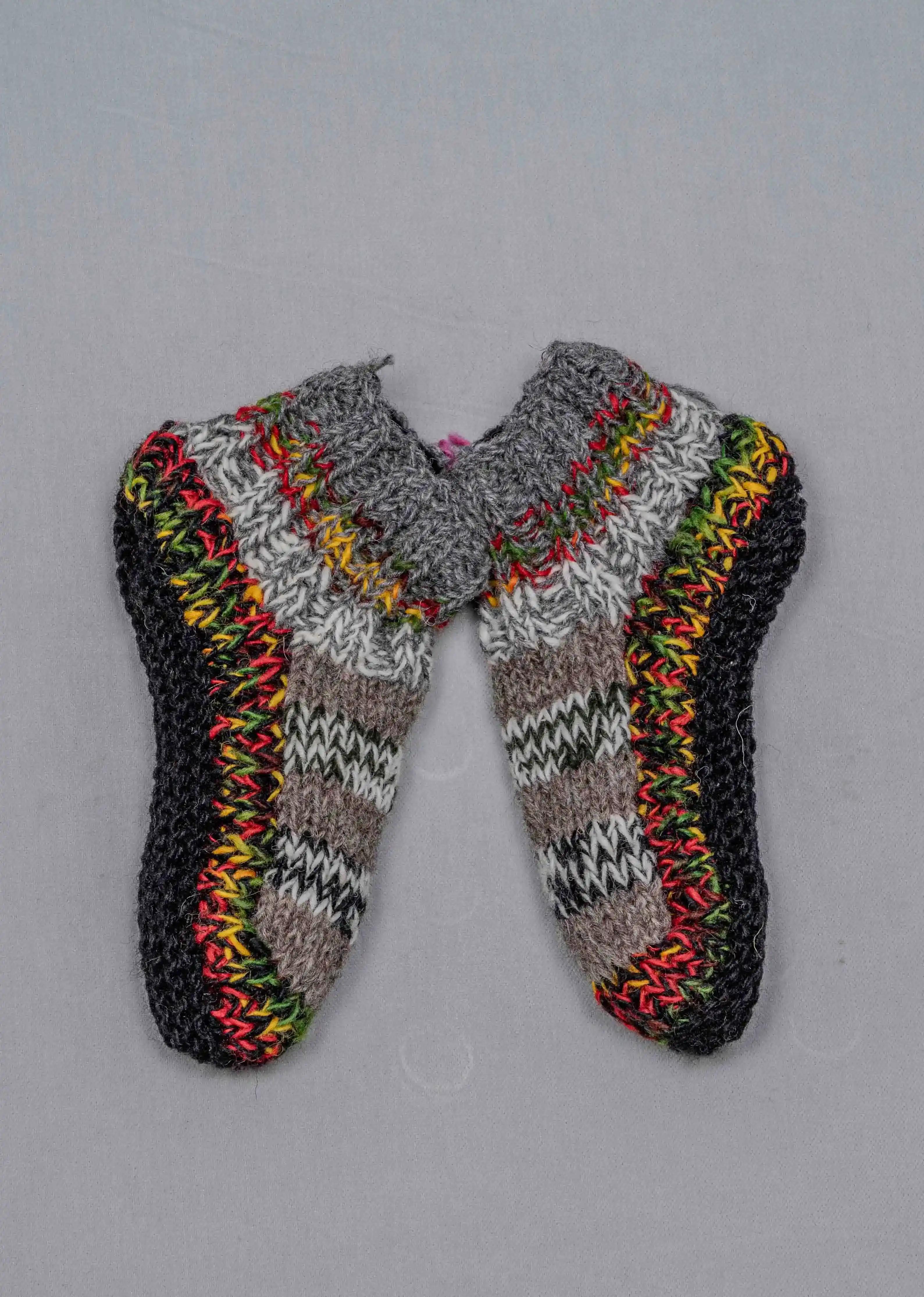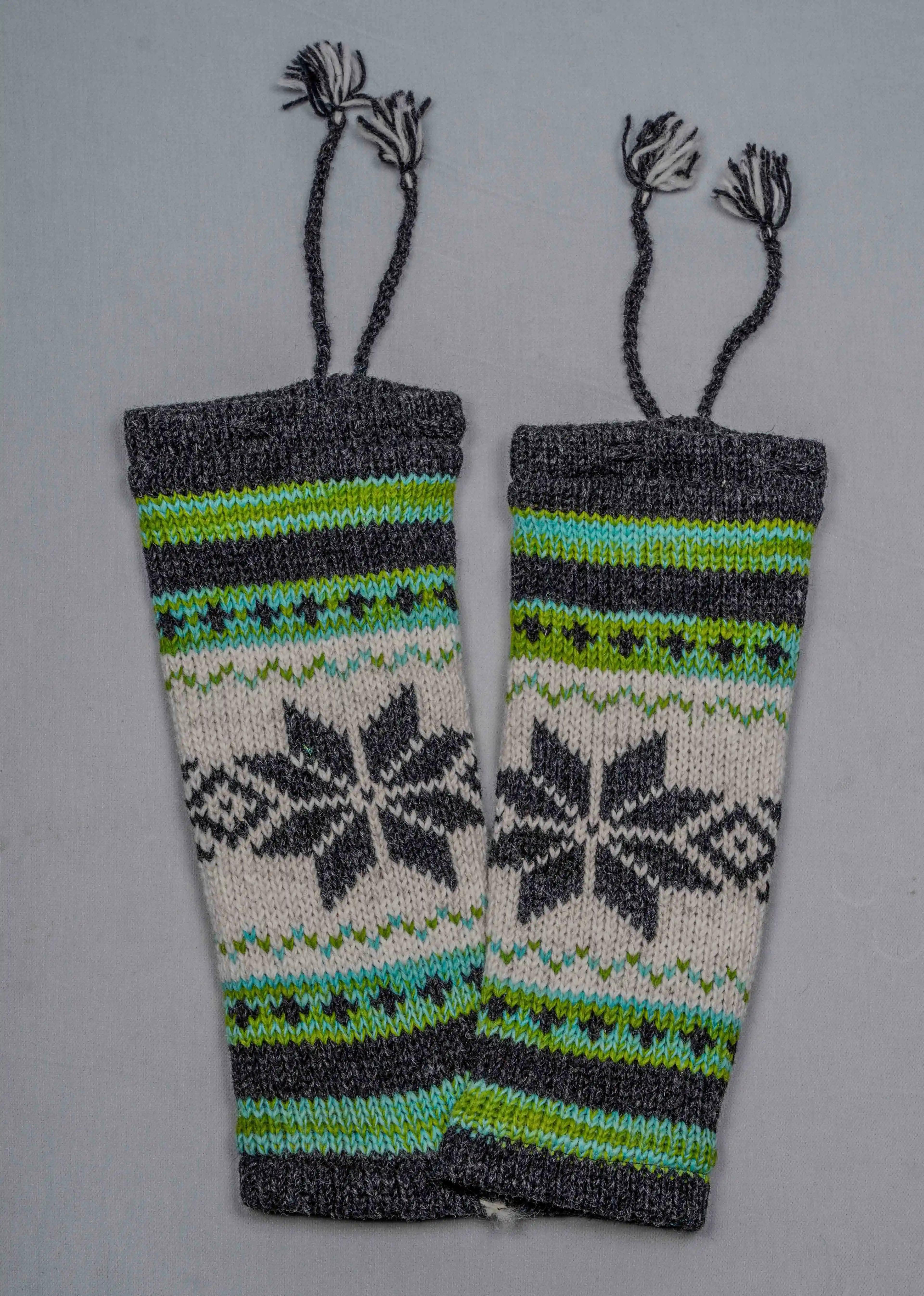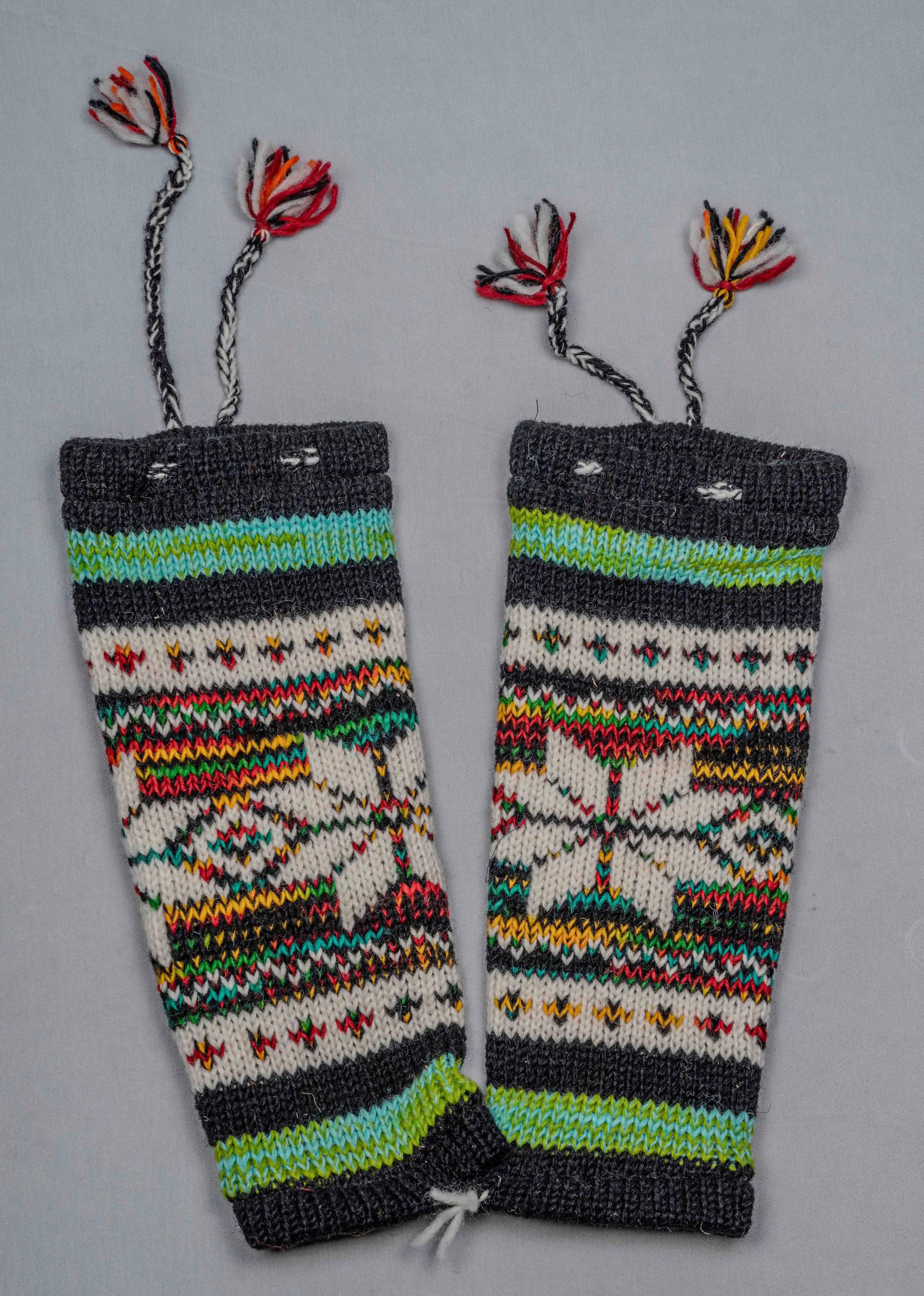Souring & Production of Himalayan Sheep Wool | Yes Helping Hand
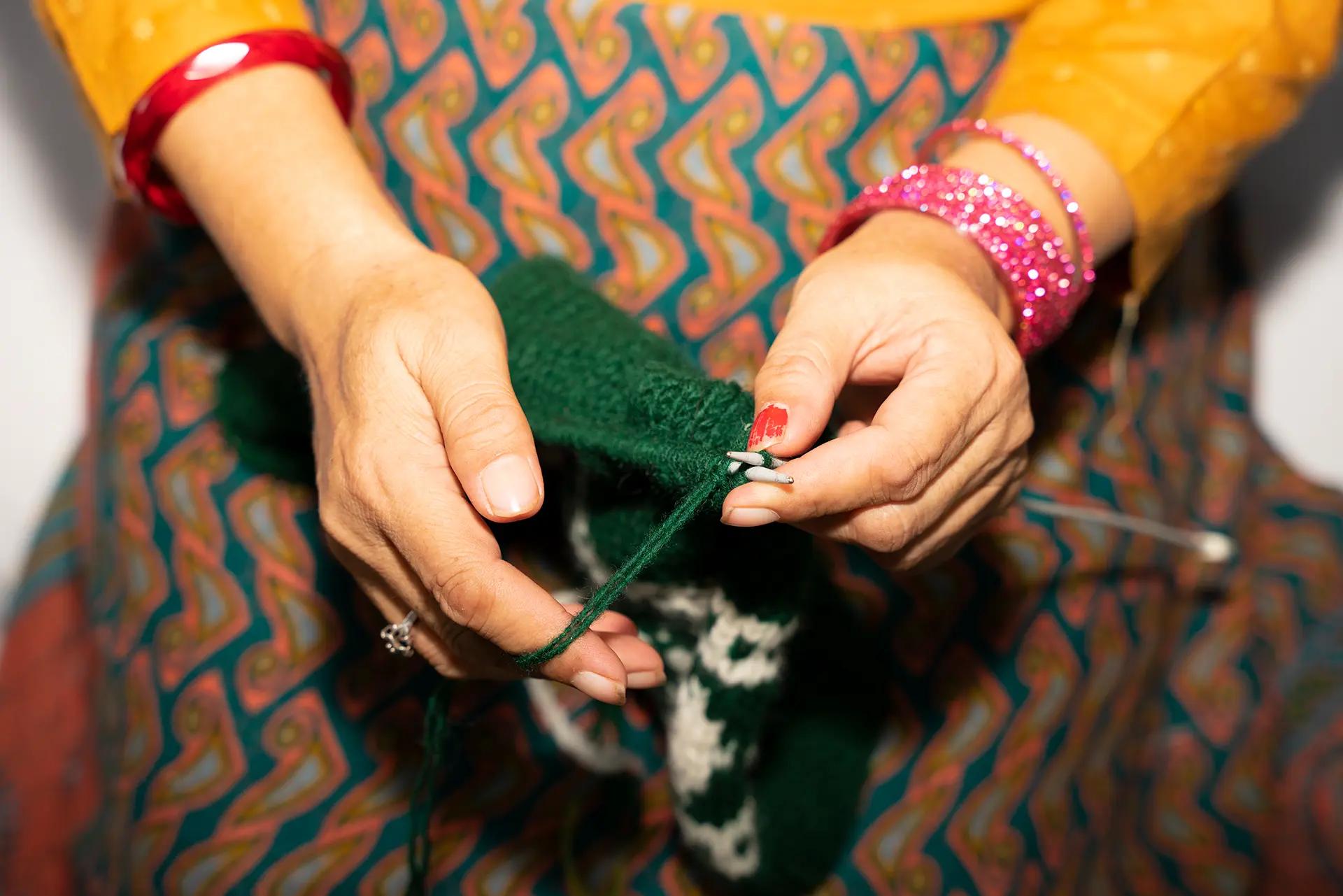
Sheep are domesticated animals raised in the high hills of Nepal. They are primarily reared for meat and wool, which play a crucial role in the livelihoods of mountain communities. Sheep grow thick fur that protects them from the harsh Himalayan cold climate. During the summer months, when the weather becomes warmer, this valuable wool is carefully sheared by skilled herders using traditional methods passed down through generations.
This premium Himalayan wool possesses exceptional qualities that make it highly sought after worldwide. The extreme altitude and cold temperatures create wool fibers that are naturally thick, warm, and incredibly durable. The wool's unique texture and insulating properties are unmatched, providing superior warmth while remaining breathable and lightweight.
At Yes Helping Hand, we work directly with these mountain communities to source this exceptional wool, ensuring fair trade practices that support local herders and preserve traditional craftsmanship. Our commitment extends beyond simply acquiring raw materials – we're dedicated to empowering these communities while bringing you authentic, high-quality woolen products that embody the heritage and resilience of the Himalayas.
Sourcing of Sheep wool: Yes Helping Hand
The journey of our woolen products begins in the rugged Himalayan and mid-hill regions of Nepal, where sheep are an inseparable part of the local way of life. These animals are raised by shepherds who often migrate seasonally, moving their flocks across high pastures in search of fresh grazing lands.
Partnership with Shepherds: We work directly with local shepherds in the Himalayan and hilly regions, who traditionally raise sheep and practice ethical shearing during the summer. These partnerships ensure that no animal is harmed in the process, aligning with our cruelty-free production values.
Collection of Raw Wool: After shearing, the raw wool is collected from these communities, often in its natural, unprocessed form.
Supporting Local Communities: By sourcing directly, we ensure that shepherd families receive fair compensation, thereby strengthening their livelihoods and preserving traditional practices.
Transportation to Workshops: The wool is then brought to our workshops in Nepal, where our skilled artisans begin the transformation process.
Sustainability First: Throughout this journey, we maintain a sustainable and eco-conscious approach, ensuring minimal waste and respecting both animals and people.
How did we create fiber for Fashion?
Once the precious raw wool arrives at our factory, it begins a detailed transformation journey that combines centuries-old traditions with careful modern practices. This is where the true artistry begins, and each fleece is treated with the respect and attention it deserves.
1. Deep Cleaning & Washing Process
After receiving, the wool undergoes a meticulous cleaning process to remove dirt and impurities while retaining its natural softness and oils. This step is crucial to ensure that the wool is of high quality and ready for spinning and weaving.
Hand-Picking Debris: Remove twigs, leaves, burrs, and damaged fibers.
Initial Soak (2–3 hours): Submerge wool in lukewarm water with natural soap to loosen dirt and
Active Wash (30 minutes): Gently press and lift wool; avoid
Thorough Rinse: Rinse multiple times in clean water until soap is gone
Final Purification Rinse: Rinse in fresh water, optionally with natural softeners
Drying: Spread on bamboo mats in shade, turn periodically; protect from direct sunlight
Quality Check: Ensure cleanliness, softness, fiber strength, and natural color
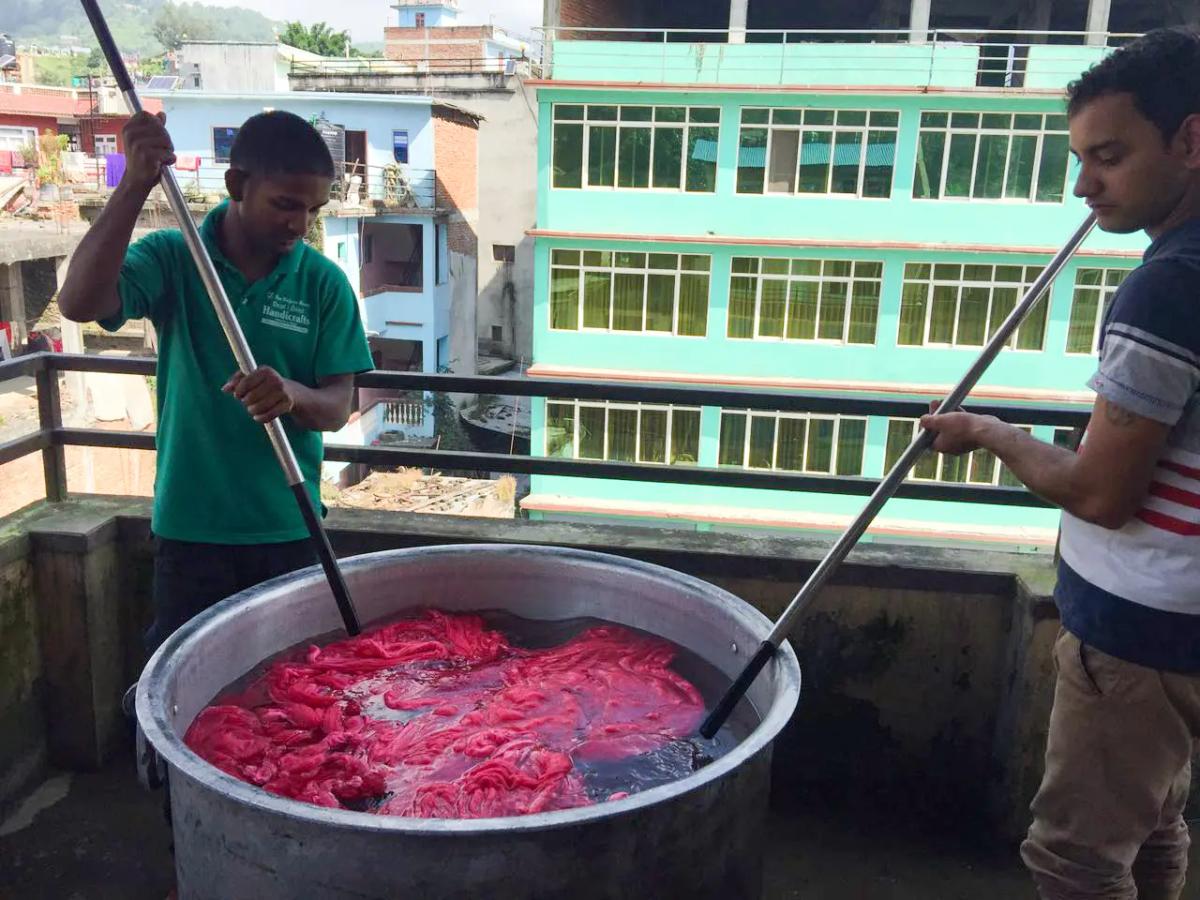
2.Fiber Preparation & Alignment
After cleaning, wool fibers are aligned and prepared for spinning to ensure smooth, strong, and uniform yarn.
→ Hand Carding:
- Use traditional hand cards to brush fibers in one direction
- Repeat 8–10 times until the fibers are
- Produces loose, airy wool ready for
→ Advanced Combing
- Use fine-tooth combs to remove short fibers
- Achieve parallel alignment for smoother, stronger yarn
→ Blending
- Mix fibers for color consistency and uniformity
- Blend grades for specific product requirements
3. Traditional Hand-Spinning
Once fibers are prepared and aligned, they are transformed into yarn through traditional hand-spinning using the wooden charkha. This process requires precision, skill, and experience, as the spinner controls fiber tension, twist, and thickness throughout. Hand-spun yarn forms the foundation of all Yes Helping Hand woolen products, ensuring softness, strength, and consistency in every item.
Before spinning begins, the spinning wheel we carefully prepared to ensure smooth and precise operation:
- Charkha Inspection: Examine the wooden wheel for any cracks or rough surfaces. Ensure all moving parts are intact and aligned.
- Oiling Moving Parts: Apply natural oil to the wheel’s axles and spindle to reduce friction, allowing smooth and continuous spinning.
- Tension Adjustment: Set the wheel tension according to the desired yarn thickness; tighter tension for thinner yarn, looser tension for chunky yarn
- Bobbins Preparation: Insert wooden bobbins on the wheel to collect the spun yarn evenly.
- Workstation Setup: Arrange a comfortable seating position with proper lighting to reduce fatigue and maintain consistent quality.
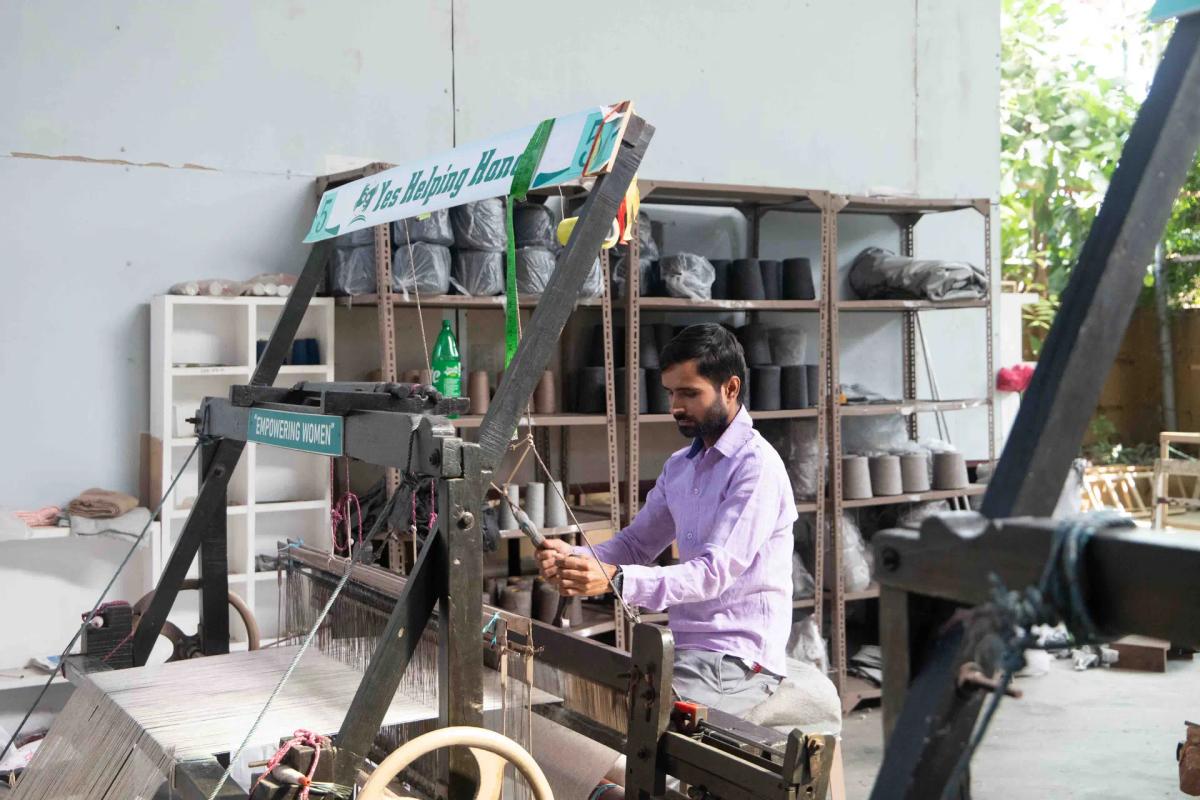
4. Natural Dyeing Process
Once the wool is spun into yarn, it is colored using natural, eco-friendly materials, giving each product vibrant, long-lasting shades while preserving the environment and the natural properties of wool. The dyes are carefully sourced from plants, roots, berries, and minerals, following traditional Himalayan techniques.
- Red Dyes: Madder root (harvested in autumn for the richest color), beetroot, red clay
- Yellow Dyes: Turmeric powder, marigold petals, onion skins, providing warm golden tones
- Blue Dyes: Indigo leaves (fermented over several weeks), wild berries, for deep, natural blues
- Brown Dyes: Walnut hulls, tree bark, coffee grounds, producing earthy, muted tones
- Green Dyes: Spinach, mint leaves, and copper minerals, resulting in soft, natural greens
- Purple Dyes: Red cabbage, elderberries, and certain lichens, for subtle to rich purple shades
5. Weaving & Knitting the Products
After dyeing and spinning, yarn is carefully crafted into finished items using traditional knitting and weaving techniques, ensuring each product is soft, durable, and beautifully finished. Our artisans specialize in various products, each requiring unique skills and techniques.
→ Sweaters & Jackets:
Creating woolen jackets and sweaters is one of our most intricate processes. Each garment requires careful planning, from initial measurements to final blocking. Our artisans use traditional Himalayan patterns passed down through generations, incorporating modern sizing for international customers.
- Develop stitch patterns and shaping for body, sleeves, and neckline
- Techniques used: cable knitting, Aran stitches, Fair Isle, and traditional motifs
→ Caps & Headbands:
Our wool headwear collection includes some of our most useful pieces. From traditional Nepali caps with cultural designs to modern beanies for daily wear, each piece keeps you warm while staying comfortable.
- Create stitch patterns for stretchy, comfortable
- Knitted with hands
→ Gloves & Hand Warmers
Our knitted gloves keep your hands warm in the cold weather. They are hand-knitted gloves made to keep your fingers moving easily while staying cozy.
- Each finger is carefully knitted for comfort and flexibility
- Special thumb design allows natural hand movement
- Ribbed cuffs help keep the cold out
- Fingerless options available for easy use
- Extra padding in the palms makes them strong and long-lasting
→ Leg Warmers
Our wool leg warmers provide targeted warmth without bulk. These versatile pieces have become increasingly popular among trekkers and cold-weather enthusiasts.
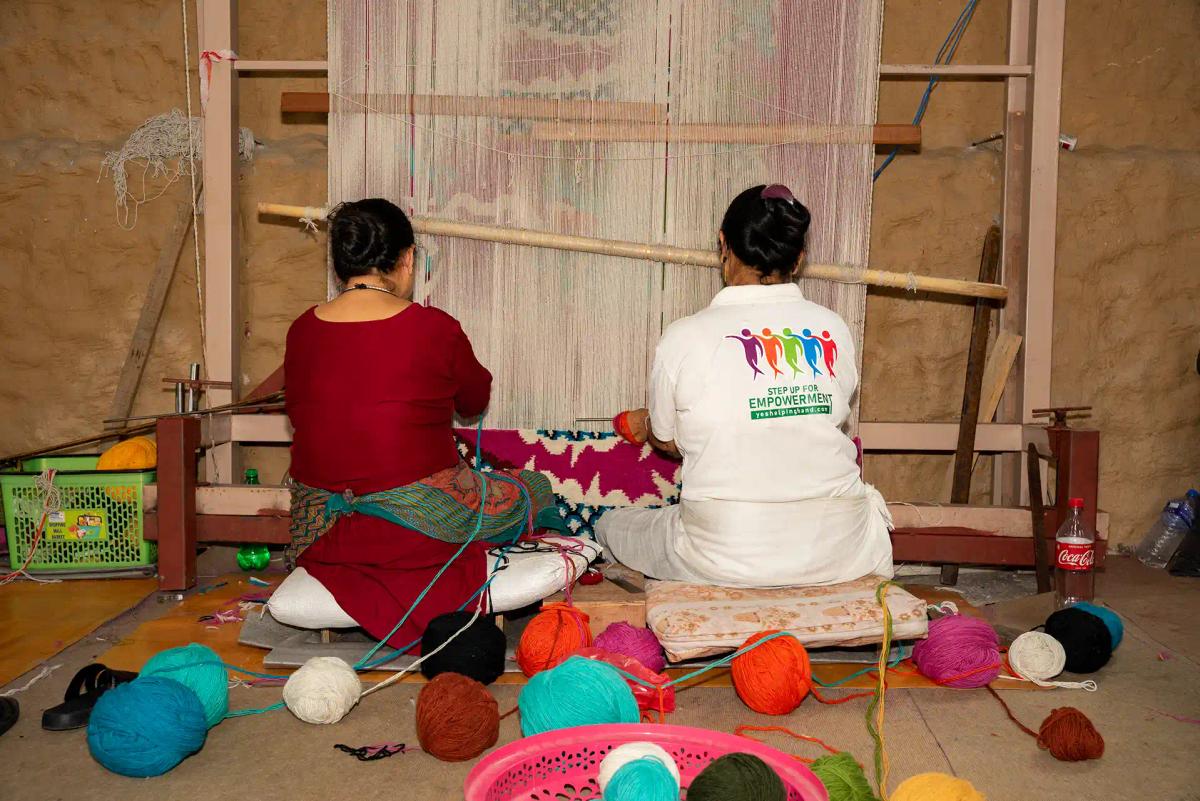
6. Comprehensive Quality Control & Packaging
After finishing, every woolen product undergoes thorough inspection and professional packaging to ensure it meets Yes Helping Hand’s high standards before reaching customers.
Multi-Point Inspection
- Dimensional Accuracy: Measure length, width, sleeve length (for garments) and compare with
- Seam & Structural Integrity: Test seams, edges, and closures (buttons, zippers)
- Visual Quality: Check color consistency, pattern accuracy, stitch evenness, and surface smoothness
- Comfort & Performance: Assess softness, drape, warmth, elasticity, and breathability
Packaging Process
- Pre-Packaging Preparation: Remove lint, trim loose threads, fold carefully to prevent
- Protective Wrapping: Use acid-free tissue paper and add natural moth repellents like cedar or
- Storage Bags: Place products in breathable cotton or jute
- Moisture & Shape Control: Include silica gel packets if needed; maintain product shape.
Why Choose Himalayan Wool Products?
Himalayan wool stands apart from conventional wool in several important ways. The extreme altitude creates wool with unique properties that combine exceptional warmth with surprising lightness. The natural crimp in Himalayan wool fibers creates tiny air pockets that trap heat while allowing moisture to escape, keeping you comfortable in varying conditions.
Benefits of Our Wool Products:
Temperature Regulation: Natural fibers adjust to your body temperature, keeping you warm in winter and cool in transitional seasons.
Durability: Properly cared for, Himalayan wool products last for decades, making them a sustainable investment.
Odor Resistance: Wool naturally resists bacteria, meaning our products stay fresh longer between washes.
Hypoallergenic: Despite common misconceptions, high-quality wool like ours is gentle on sensitive skin.
Biodegradable: When these products eventually reach the end of their long life, they return to the earth harmlessly.
Ethical Production: Every purchase supports fair wages, traditional craftsmanship, and animal welfare practices that align with cruelty-free values.
Woolen Collection at Yes Helping Hand
Introduce your range of woolen products and highlight the variety and craftsmanship.
Caring for Your Wool Products
To maintain the beauty and longevity of your Himalayan wool items, follow these simple care guidelines:
Washing: Hand wash in cool water with gentle soap. Avoid wringing or twisting.
Drying: Lay flat on a clean towel, reshape gently, and air dry away from direct heat or sunlight.
Storage: Store clean items in breathable cotton bags with natural moth repellents like cedar or lavender.
Pilling: Remove any pills gently with a wool comb or sweater stone.
Refreshing: Air out your wool items periodically instead of washing after every wear.
With proper care, your wool jacket, gloves, headwear, or leg warmers will serve you faithfully for many years, developing a beautiful patina that tells the story of your adventures together.
Meet our artisans
Our mission is to provide meaningful employment opportunities to differently-abled individuals, single mothers, and marginalized groups. Based in Pokhara, we have spent over eight years training artisans, equipping them with employable skills, and creating a supportive workplace. At YHH, we focus on promoting Nepal-made products while contributing to the country’s economy and empowering the community.


